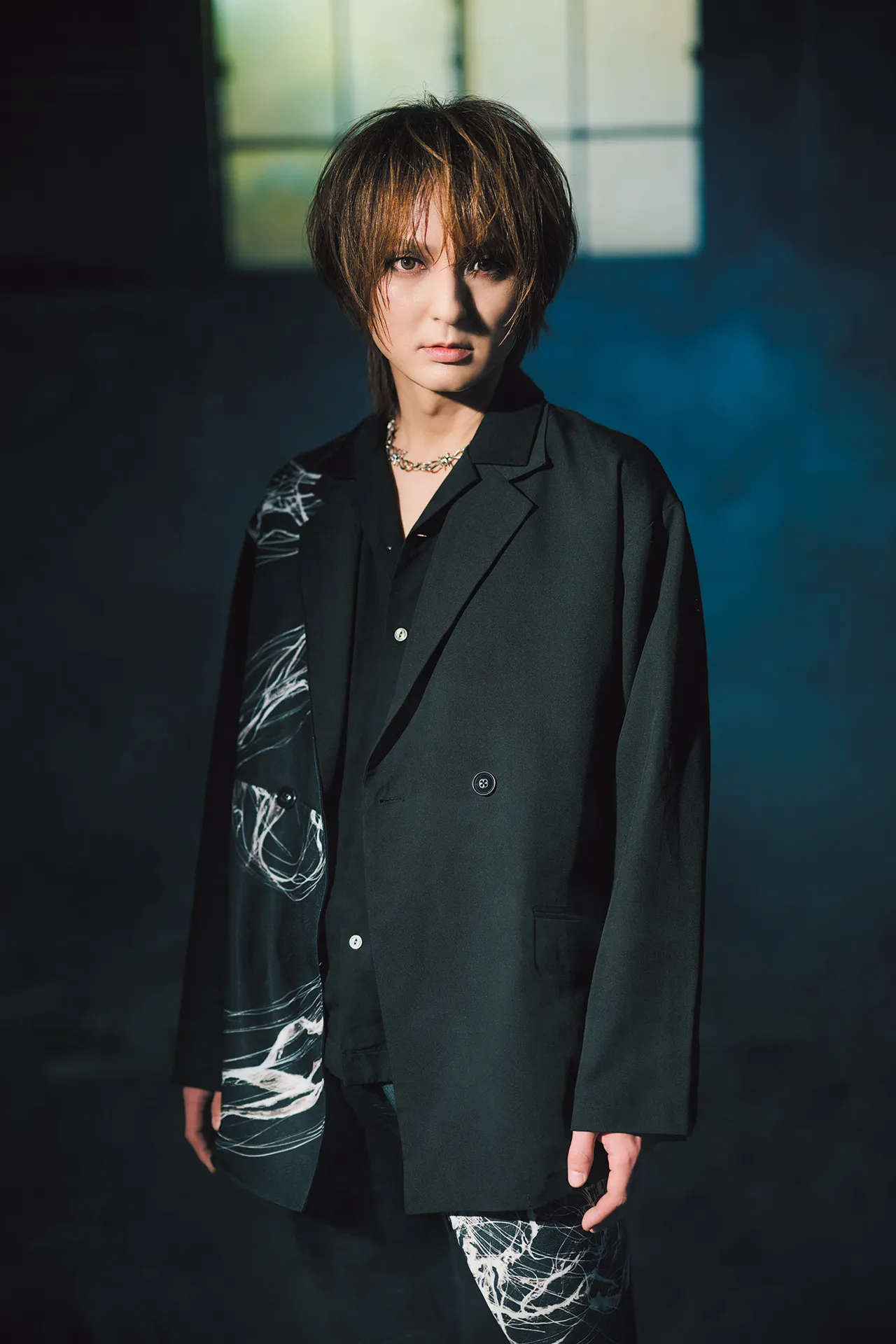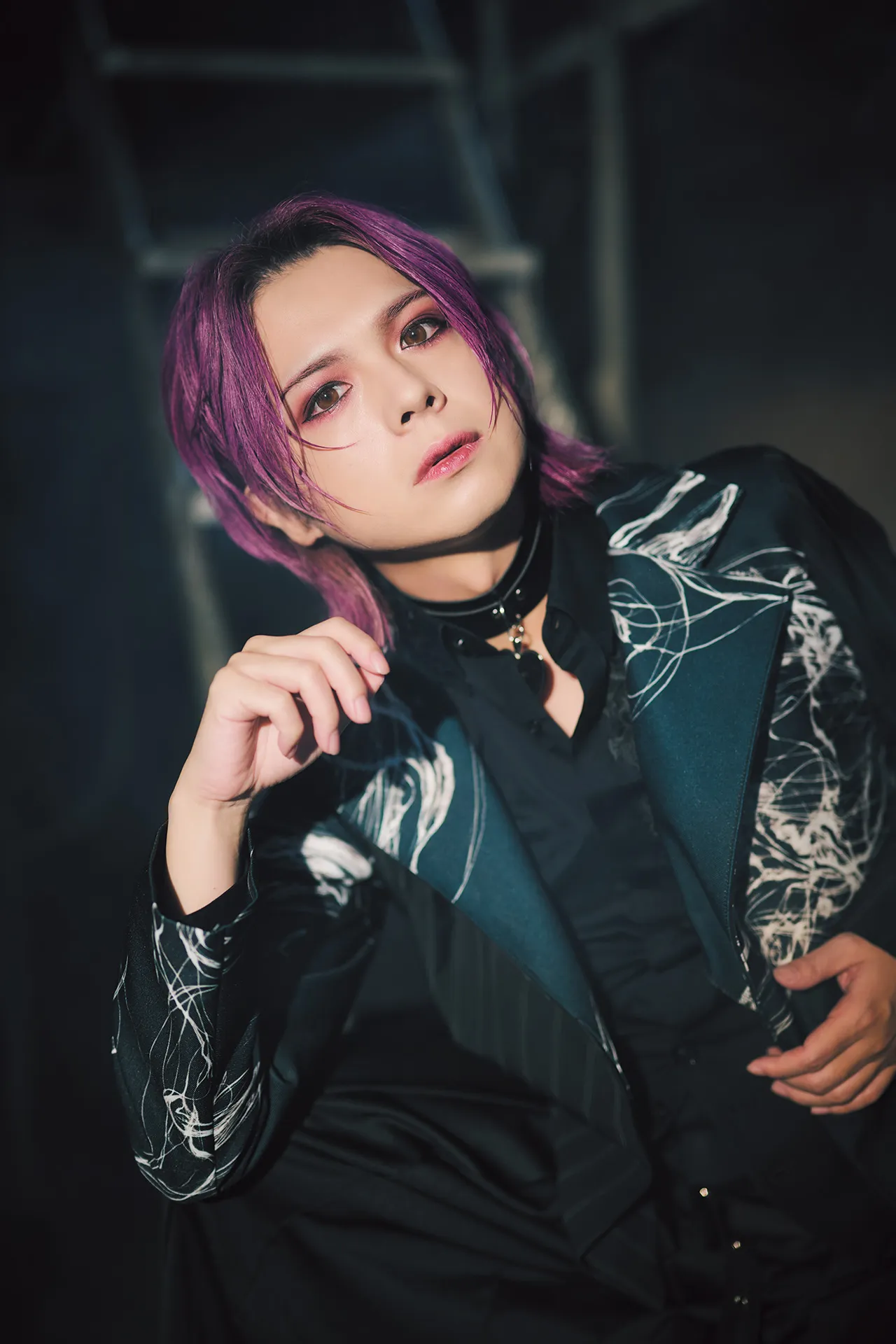02.07.2024
[Magazine Special Feature] Matenrou Opera’s New EP “EVIL”: The Complete Members’ Commentary
Track Title: “S”
Sono: This song was written a state of mind when I had just started riding motorcycles. I was getting set in my ways with intense music and tended to make songs in the same direction. So, I wanted to lean on the members for this one. The song starts with a guitar riff, right? I asked Yusuke to think of just that riff. After receiving it, I composed the A and B melodies, chorus, everything. As I added melodies, I inevitably wanted to make them melodious.
However, the call-and-response part of this song captures the intensity characteristic of this EP, so I hope the audience will shout along with us at live performances.
Yusuke: For the call-and-response part, I even sneaked into the vocal booth… and you can hear my voice faintly in the background.
Sono: You can hear a low tone that I don’t have.
──This song started with a guitar riff in its composition…
Yusuke: Starting a song with a guitar riff was a first for me since I’ve been involved with Matenrou Opera. There was no specific tempo indicated; I just aimed to create a cool guitar riff. It was quite fast, with a Visual-Kei feel and metal elements. The riff I thought of was around 190 BPM. 190 feels fast, but we decided to speed it up by about 1.2 times, taking it from a slightly fast hard rock to something like “ANOMIE”. But indeed, this faster pace brought more of a sense of speed to the song.
This song is actually my favorite on this. The guitar backing is all about speed, so I focused on how to make it lean forward and immersive. Therefore, I didn’t use long tones much, but instead increased the scenes with rapid staccato. One technique I used was layering a distorted arpeggio with a cleaner, more sparkling version of the same phrase, which was a new challenge. There’s a shout section in the call-and-response part, followed by a guitar solo. There’s a drama there, like being engulfed in a whirl and then suddenly the view opens up. This section really fits the “EVIL” theme, and I think it worked well. Personally, I’m most satisfied with this guitar solo; it’s my favorite out of all the solos I’ve played, and I can’t wait to play it live (laughs).
──Regarding the guitar solo after the shout section, it’s really enjoyable to listen to.
Yusuke: It’s an expected yet reassuring progression, isn’t it? A solo that starts with mechanical phrases and then tightens up with melodic playing is something I just love by nature. I feel like I did what I love the most with this solo in “S.” I really adore this guitar solo.
Ayame: From the initial guitar riff, this song incorporates syncopation, and based on the impression of the melody, I think it’s probably the most visually-kei influenced track. How to handle the syncopation with the keyboard really changes the impression. Whether to emphasize the unique rhythm of syncopation or not was something I consciously worked on in the arrangement. Otherwise, the song might have turned out a bit dull and overly emphasized.

Yo: Structurally, it feels like the most classic Matenrou Opera progression. I arranged and played it as I first imagined, and it just ended up that way (laughs).
It might be cliché, but it expands in the B melody and tightens in the chorus. This kind of song structure was easier for me to conceptualize on bass. Play-wise, there are quite a few striking phrases, so I hope listeners will pay attention to those.
Hibiki: Speaking of syncopation, from the intro itself, there’s a Visual-Kei feel, and for the drums, like the keyboard, the point where the rhythm bites really change the impression. Overdoing it can make it feel outdated, so I adjusted the balance quite a bit. I like the melody of this song and didn’t want the drums to overpower it, so I played a simple 8-beat overall. But I thought it lacked my signature drumming style, so at the end of the A melody, I added something like a blast beat, which is really fast…
Sono: The beginning of the last chorus switches from eighth notes to sixteenth notes.
Hibiki: Yes, that part was packed in. In my experience, I don’t usually play eighth notes at this tempo, so I switched to sixteenth notes… But typically, in these slightly floating parts, I always pack things in, and I did the same in this arrangement (laughs).
Yusuke: The right hand in the B melody has to be on the ride cymbal (laughs).
Hibiki: Yes, it progressed quite as expected… that’s how it felt.
Track Title: “Libra”

──This song was composed by Ayame, right?
Ayame: I wanted to create a song with a four-on-the-floor beat that could fully express this mysterious atmosphere and world.
──Listening to this song, it feels like your sound really comes to the forefront.
Ayame: I think songs like this are where the synth really shines, and they’re easy to take in any direction. But this time, I went for a darker feel… I managed to create the atmosphere using the organ and other instruments.
──The title is “Libra,” referring to a scale. What’s the meaning behind it?
Sono: It’s about people fighting in wars, brandishing their own justice. In the face of that justice, the lives of the enemies seem so trivial, even though they’re human too, just like us. It’s an image of the scales of life, comparing the lives of those we want to protect with others.
Yusuke: For this song, there’s a clear main guitar riff. I aimed for a sound between rock and roll and a more murky, sinister feel.
“Libra” and “Shita” are in the same key, and both use the open 6th string. In terms of sound choices, “Shita” leans more towards a rock and roll scale, whereas “Libra” has a more ominous, Phrygian-scale feel. There’s something about the choice of a pentatonic-scale and Phrygian-scale that gives a serious listening experience.
When the demo for the song came, it had a choir section, making it feel like the biggest song on the album. The only other song that felt as grand was the sixth track, “Hikarino Ame.” Like “Nokosareta Sekai” from the previous album (The Story of Learning the Truth), it felt like a song with a lot of space, so I focused on using that space in my guitar phrasing. I expected the keyboard to expand the space, so I intentionally reduced the number of guitar notes.
The part before the guitar solo, where a clean guitar sound briefly resonates, is where I tried to create a sparkling effect, showing an emptiness, like a moment of clear sky. That was the image I had for that phrase.
For the guitar solo, instead of rock and roll, I went for a neoclassical metal feel, a more aesthetic scale, because it gives a more serious listening experience. I decided not to go too radical but to make it a serious progression. This guitar solo is the fastest on the EP, even faster than the solo in “EVIL.”
